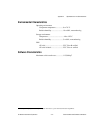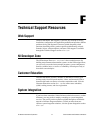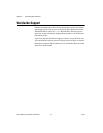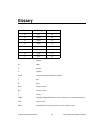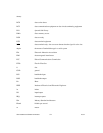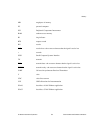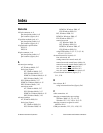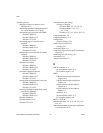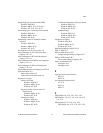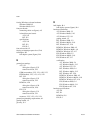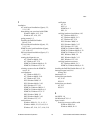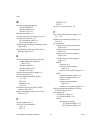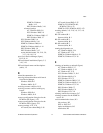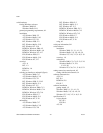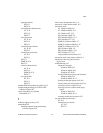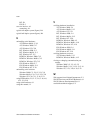Index
© National Instruments Corporation I-9 Serial Hardware and Software for Windows
eight-port boards
PCI, E-3
PXI, E-6
environmental characteristics
AT, E-11
PCI, E-4
PXI, E-7
four-port boards
AT, E-10
PCI, E-2
PXI, E-5
isolated four-port boards
AT, E-10
PCI, E-2
isolated two-port boards
AT, E-9
PCI, E-1
PCI, E-1
PCMCIA, E-8
PXI, E-5
software characteristics
AT, E-11
PCI, E-4
PCMCIA, E-8
PXI, E-7
two-port boards
AT, E-9
PCI, E-1
PXI, E-5
standard DOS-based addresses (table), D-15
straight-through cabling in a DTE-to-DCE
interface (figure), B-7
system integration, by National
Instruments, F-1
T
technical support resources, F-1
termination, B-5
multidrop network using terminating
resistors (figure), B-5
time-saving development tools, 1-8
transceiver control modes (table), 6-2
transceiver mode
AT, Windows 2000, 5-8
AT, Windows Me/9x,5-17
AT, Windows NT, 5-23
PCI, Windows 2000, 2-8
PCI, Windows Me/9x,2-17
PCI, Windows NT, 2-22
PCMCIA, Windows 2000, 4-7
PCMCIA, Windows Me/9x,4-15
PCMCIA, Windows NT, 4-20
PXI, Windows 2000, 3-8
PXI, Windows Me/9x,3-16
PXI, Windows NT, 3-21
setting with DeviceloControl, 6-4
transceiver mode control bytes (table), 6-4
transmission line using bias resistors
(figure), B-6
troubleshooting, D-1
diagnostic messages
Windows 2000, D-3
Windows Me/9x,D-9
Windows NT, D-20
forcing Windows to detect your hardware
Windows 2000, D-2
Windows Me/9x,D-11
freeing an interrupt request level, D-6
missing serial port in the niports list, D-18
resolving resource conflicts, D-19
resolving resource conflicts with legacy
boards
Windows 2000, D-4
Windows Me/9x,D-11
selecting conflict-free resources, D-7
two-port boards specifications
AT, E-9
isolated two-port boards
AT, E-9
PCI, E-1



